CNC Turning, or numerical control turning, is a high-precision metal processing technology.
principle
- The workpiece rotates, the turning tool moves along the workpiece axially and radially to cut the material and form the desired shape. In CNC turning, these movements are precisely controlled by a computer program.
Main equipment
- CNC lathe: bed, headboard, tool rest and other components. It is capable of multi-axis control, such as the common two-axis (X-axis and Z-axis) control, the X-axis controls the radial motion of the tool, and the Z-axis controls the axial motion of the tool.
- Turning tools: There are many types, such as outer round turning tools for machining the outer cylinder of the workpiece, inner hole turning tools for machining the inner hole, and thread turning tools for machining the thread.
Processing step
1. Parts drawing design: Use CAD software to design 2D or 3D model of the workpiece, to clarify the size, shape and other details of each part.
2. Programming: the part model is imported into CAM software, and parameters such as cutting speed, feed rate, cutting depth are set to generate numerical control programs.
3. Workpiece and tool installation: the workpiece is clamped on the chuck of the lathe to ensure that it can rotate steadily. Install the appropriate turning tool on the tool holder.
4. Machining process: Input the program into the controller of the CNC lathe, start the lathe to begin processing. The operator should monitor the machining status, check the dimensional accuracy, etc.
Process characteristics
- High precision, can effectively ensure the dimensional accuracy and surface quality of the workpiece.
- Suitable for processing rotary parts, such as shaft, disk parts, etc.
- High processing efficiency and high degree of automation, but the technical requirements of equipment and programming personnel are also high.













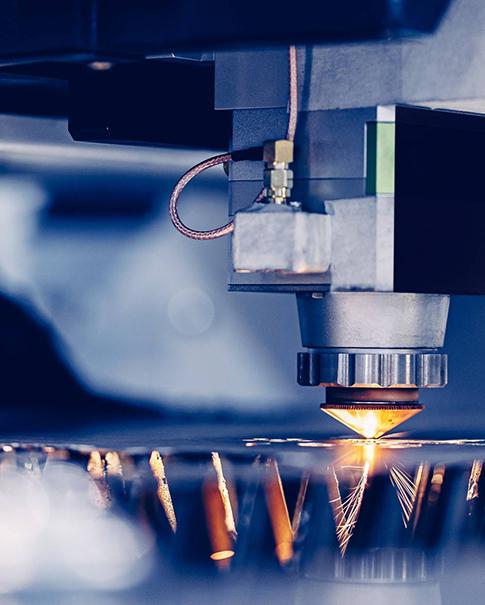
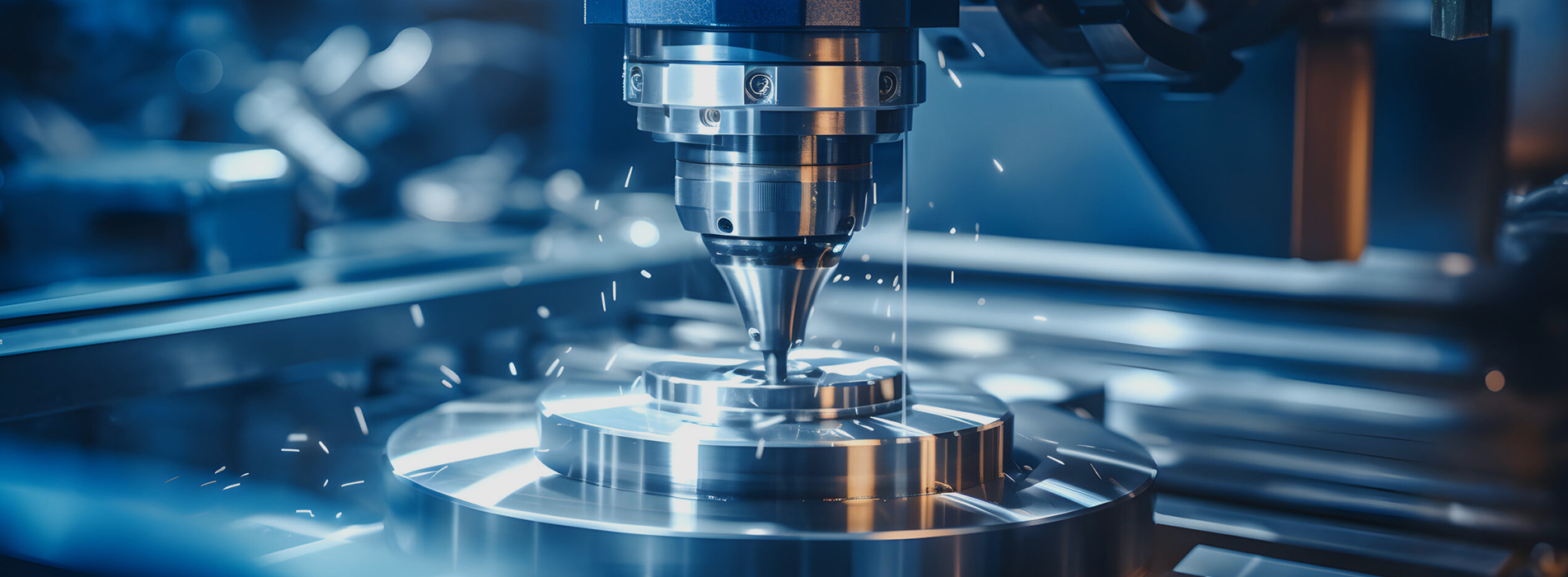
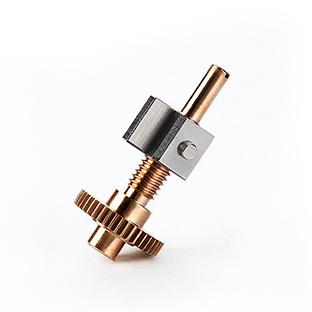
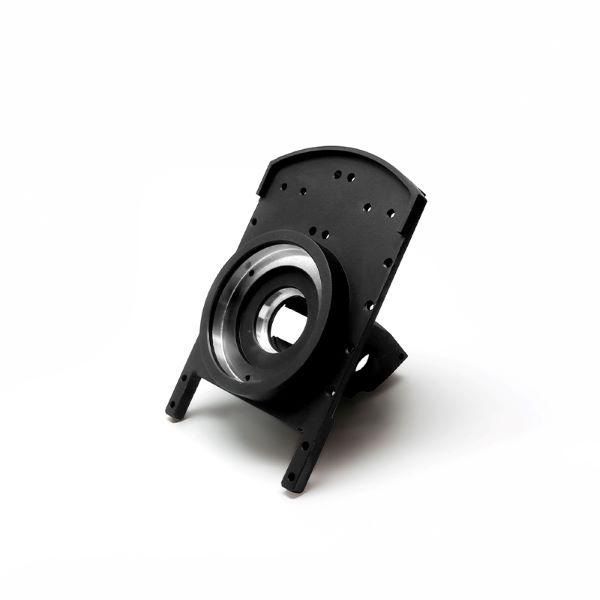
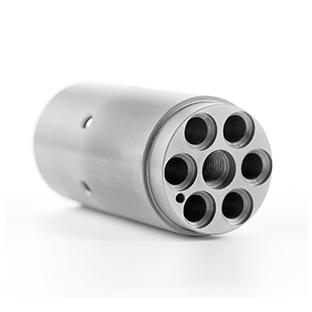
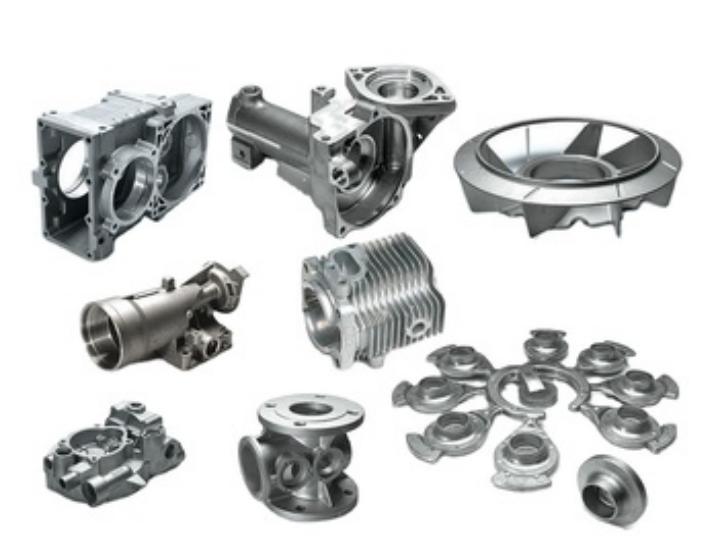
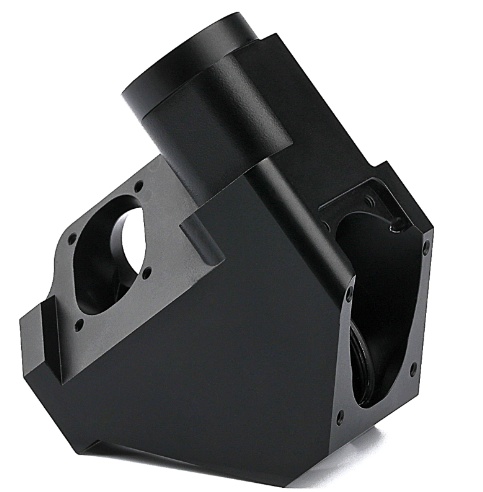
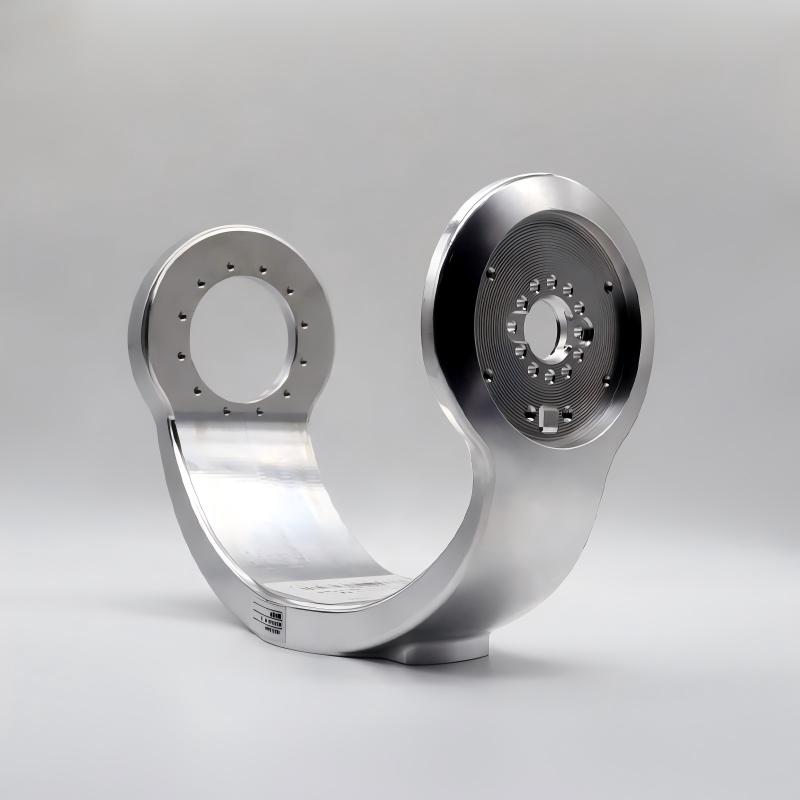
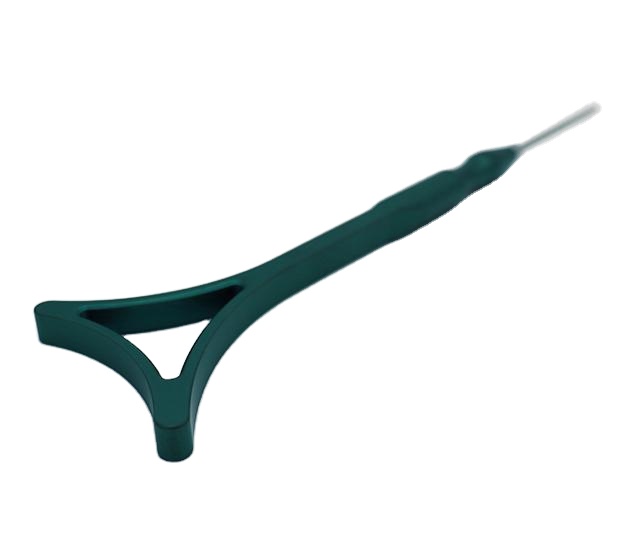
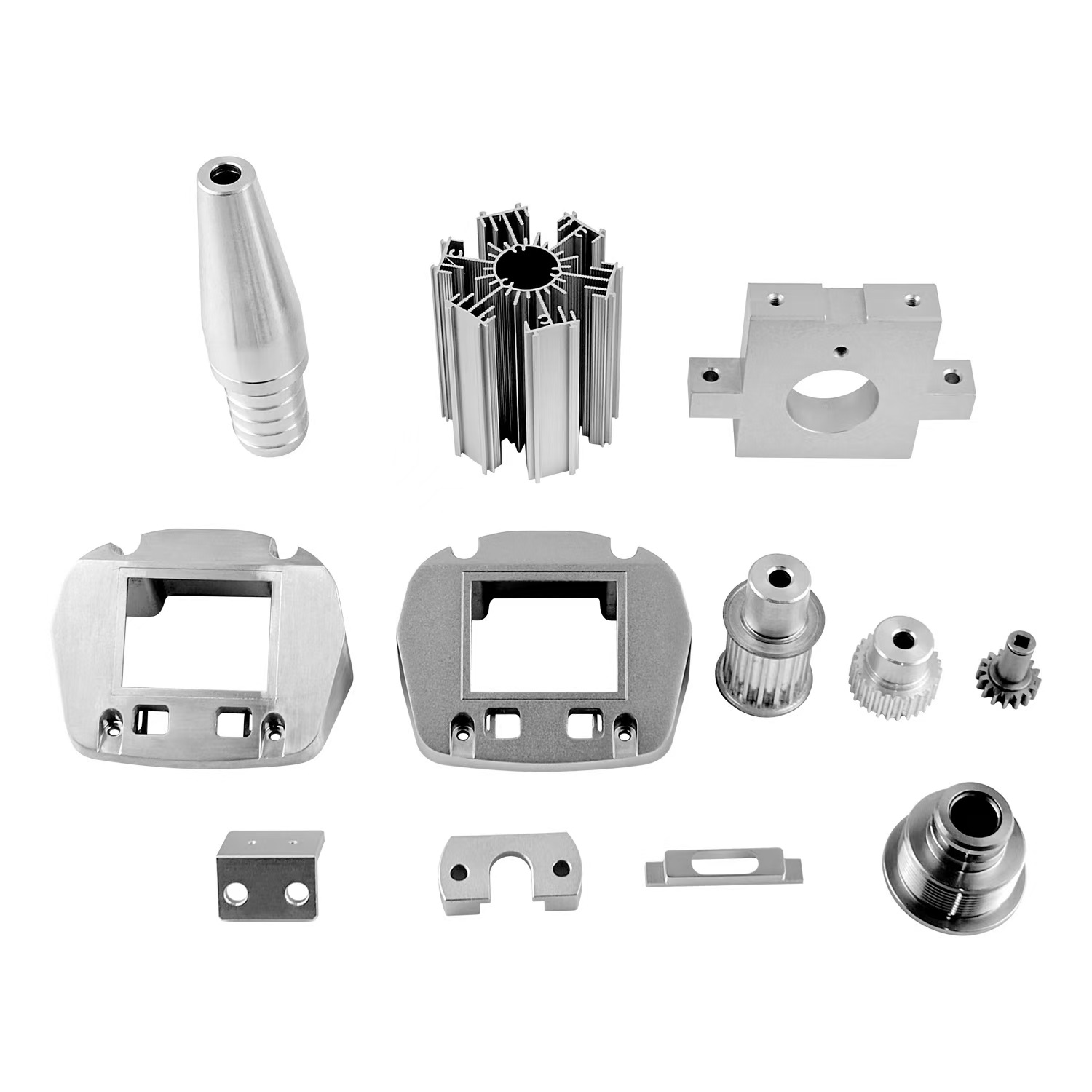
 SUBSCRIBE TO OUR NEWSLETTER
SUBSCRIBE TO OUR NEWSLETTER






